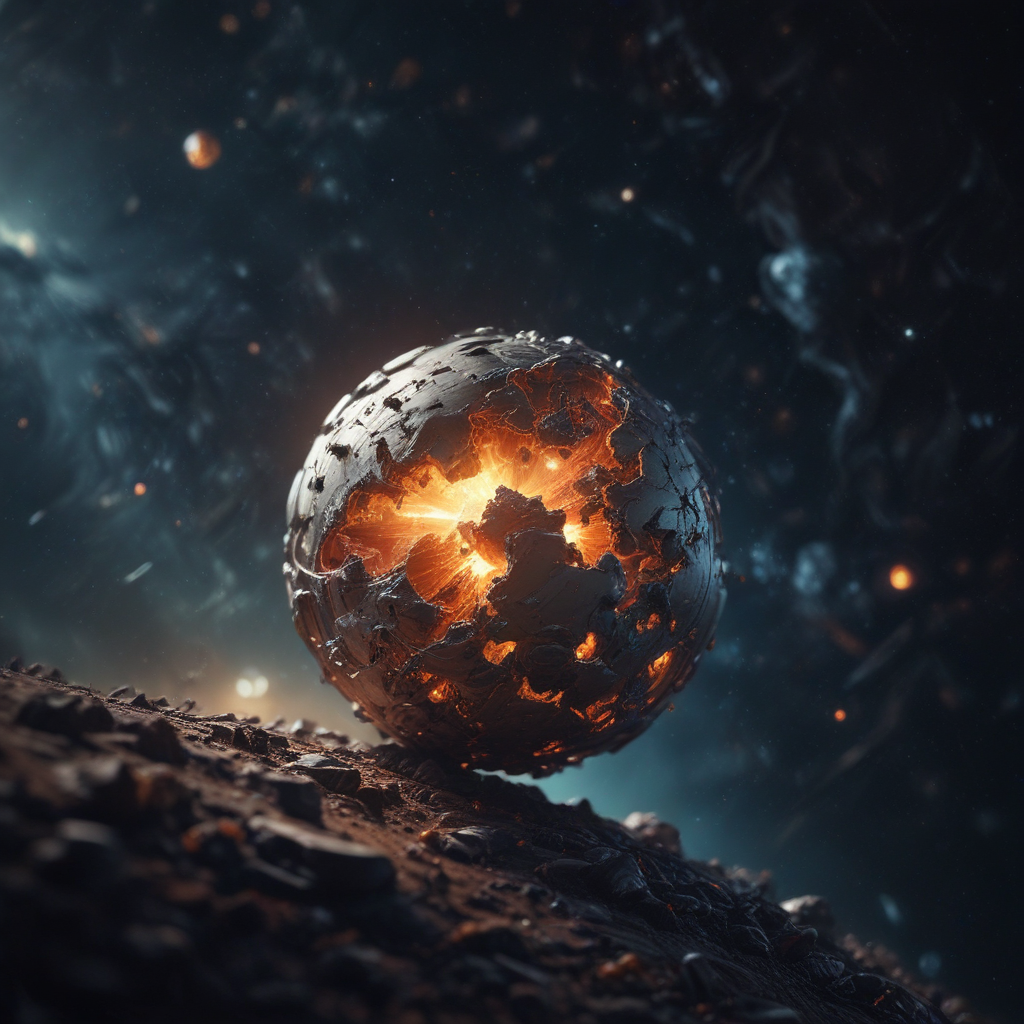
The Role of Robotics in Space Exploration
1. Introduction
The history of robotics in space exploration is surprisingly long, dating back to the early days of the Space Race. The first robotic spacecraft, Luna 2, was launched by the Soviet Union in 1959 and impacted the surface of the Moon. Since then, robots have played an increasingly important role in exploring our solar system, and they are now essential for many missions.
This outline will explore the advantages of using robots in space exploration, the different types of robots used, notable robotic missions, the challenges of using robots, and the future of robotics in this field.
2. Advantages of Using Robots in Space Exploration
Robots offer several advantages over humans for space exploration. They are able to withstand harsh conditions, such as extreme temperatures, radiation, and the vacuum of space, which would be deadly for humans. Robots are also much more cost-effective than human missions, as they do not require the same level of life support and can be reused multiple times.
In addition, robots can perform tasks that are too dangerous for humans, such as exploring active volcanoes or collecting samples from toxic environments. Finally, robots can offer a high degree of precision and accuracy in data collection, which is essential for scientific research.
3. Types of Robots Used in Space Exploration
There are many different types of robots used in space exploration, each with its own unique capabilities. Rovers, such as Curiosity and Perseverance, are designed to explore the surface of planets and collect data. Robotic arms are used for tasks such as satellite repair and sample collection. Humanoid robots are being developed for future missions, and swarm robots could be used to explore large areas or hazardous environments.
4. Notable Robotic Missions in Space Exploration
There have been many successful robotic missions in space exploration, including the Viking program, which landed two spacecraft on Mars in 1976. The Mars Exploration Program is ongoing, with several rovers and landers currently exploring the Martian surface. The Cassini-Huygens probe explored Saturn and its moons for over 13 years, and the New Horizons probe flew by Pluto in 2015. Many exciting robotic missions are planned for the future, including a mission to Europa, a moon of Jupiter that may have a subsurface ocean.
5. Challenges of Using Robots in Space Exploration
Despite their advantages, robots also present some challenges for space exploration. Robots are not as adaptable as humans and cannot make decisions on their own. They are also limited by the technology used to communicate and control them, which can be difficult over long distances. Additionally, developing robots for extreme environments is a complex and expensive task. Finally, there are ethical concerns surrounding the use of robots in space, such as the potential for them to be used for military purposes.
6. Future of Robotics in Space Exploration
The future of robotics in space exploration is bright. Robots are likely to play an even greater role in future missions, as they become more sophisticated and capable. Robots could assist in establishing a permanent human presence on the Moon or Mars, and they could even be used to explore other planets and moons in our solar system.
7. Human-Robot Collaboration in Space Exploration
While robots are becoming increasingly important in space exploration, they are not likely to replace humans entirely. Instead, the future of space exploration is likely to involve a close collaboration between humans and robots. Humans will continue to play a vital role in making decisions, solving problems, and conducting scientific research. Robots will provide essential support for human missions, and they will also be able to perform tasks that are too dangerous or difficult for humans.
8. Ethical Considerations in Space Robotics
As robots play a greater role in space exploration, it is important to consider the ethical implications of their use. For example, should robots be used for military purposes in space? How should we treat robots that become increasingly intelligent and autonomous? These are complex questions that will need to be addressed as space exploration continues to advance.
9. Conclusion
Robotics is playing an increasingly important role in space exploration. Robots offer several advantages over humans, such as their ability to withstand harsh conditions and perform dangerous tasks. There are also many challenges associated with using robots in space, but these challenges are being overcome as technology advances. The future of robotics in space exploration is bright, and robots are likely to play an even greater role in future missions.
10. FAQ
What are some of the challenges of using robots in space exploration?
Some of the challenges of using robots in space exploration include the limitations of robots in terms of adaptability and decision-making, the technical challenges associated with communication and control of robots, the challenges of developing robots for extreme environments, and the ethical concerns surrounding the use of robots in space.
What are some of the ethical considerations in space robotics?
Some of the ethical considerations in space robotics include whether robots should be used for military purposes in space, how we should treat robots that become increasingly intelligent and autonomous, and the potential for robots to be used in ways that could harm humans.
What is the future of robotics in space exploration?
The future of robotics in space exploration is bright. Robots are likely to play an even greater role in future missions, as they become more sophisticated and capable. Robots could assist in establishing a permanent human presence on the Moon or Mars, and they could even be used to explore other planets and moons in our solar system.


